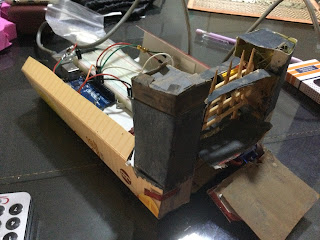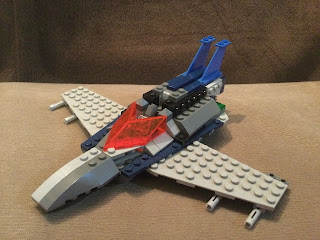Today’s task : Build a house. Not content with a simple and standard house, I decided to build a mansion and that slowly became a Seaside mansion.
The design is quite simple, utilizing SNOT bricks and clips to mount objects in interesting designs. The tree in the corner is made by simply not fully connecting the individual 1x1 green pieces. One side is tilted more than the other so the curved effect is achieved.
This section is the garage for the house. Quite standard in any case, using corrugated grey bricks to make a shutter door effect. Tall bushes are achieved using the same 1x1 green parts as the tree. Another feature is the window. Using unconventional methods like not fully mounting bricks and adding curves to the model, I achieved a small and minimalistic but satisfying window.
The side is made using SNOT bricks to achieve a tan brick effect. Also, the tree on the side has a 1x1 round plate brown piece to represent coconuts.
A closeup look of the house. Starting from the bottom up, bushes and greenery is essential, while a side-mounted glass door using SNOT bricks add a nice effect. Windows and other details make it seem like a home. On the second floor, and arch and curved pieces are used for depth, whereas another glass door adds repetition.
The back of the house. I decided to make the back under construction as I wasn’t quite sure what to do with the back. Also to note is the small white grill window standing out among the black cladding.
Also a quick mention of my daddy’s invention: House on Stilts. It looks slightly like a convention center…
A full view of the mansion.
Thank you for reading my blog.


















